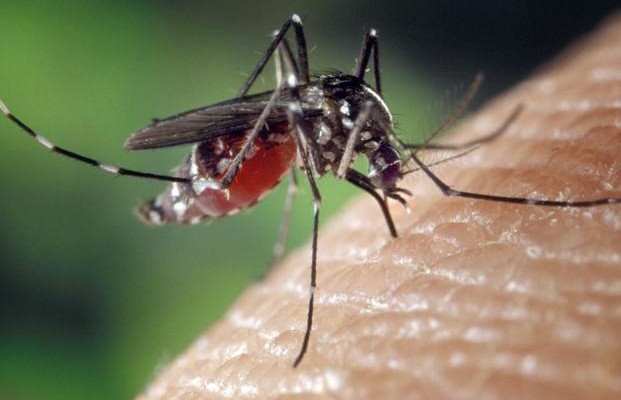A major rise in dengue fever cases will occur throughout Southeast Asia next year due to high temperatures, according to a new study.
The researchers believe that the epidemics of dengue fever are linked to high temperatures brought by the El Niño weather phenomenon. El Niño, an abnormal weather pattern, is caused when warm water from the western Pacific Ocean flows eastward.
The team consisting of 18 international scientists analyzed a huge set of data spanning 18 years of monthly dengue fever surveillance on a total of 3.5 million reported cases. The findings are timely as the most intense El Nino in nearly 20 years is currently developing in the Pacific, raising the concern that a major spike in cases of dengue fever will occur throughout Southeast Asian countries next year.
The investigators found that an increase in dengue incidence swept through most counties of Southeast Asia in 1997 and 1998 during a historically intense El Nino weather event. The study also discovered that the urban areas act as dengue epidemic “pacemakers”, giving rise to traveling waves of large epidemics moving to nearby rural areas.
“Dengue infects large numbers of people across the tropics each year, but incidence can vary dramatically from year to year in any setting,” said senior author Derek Cummins, professor at University of Florida.
“During years of large incidence, the number of people requiring hospitalization and care can overwhelm health systems. If we can understand the factors that contribute to these increases, we can prepare for them and act to mitigate the impact of the disease.”
Dengue fever is a mosquito-borne disease caused by the dengue virus, which is transmitted by most commonly Aedes Aegypti mosquito. The virus has four different strains and infection with one type usually gives lifelong immunity to that strain but not others.
The aforementioned virus infects about 400 million individuals each year around the world. There is no specific pharmaceutical treatment and no vaccine to prevent dengue. Supportive therapy is the only option that improves the outcome of the patients. IMAGE/Bloomberg

Leave a Reply